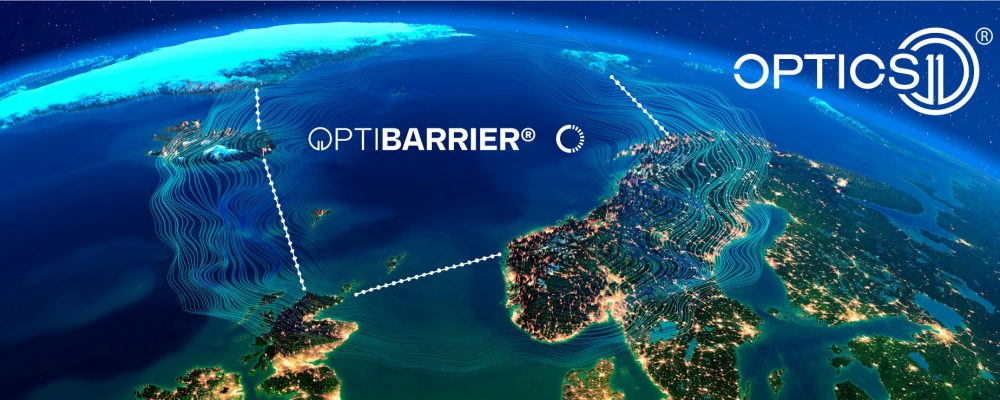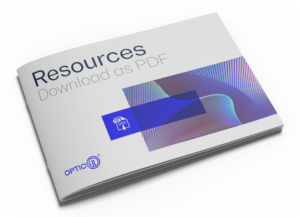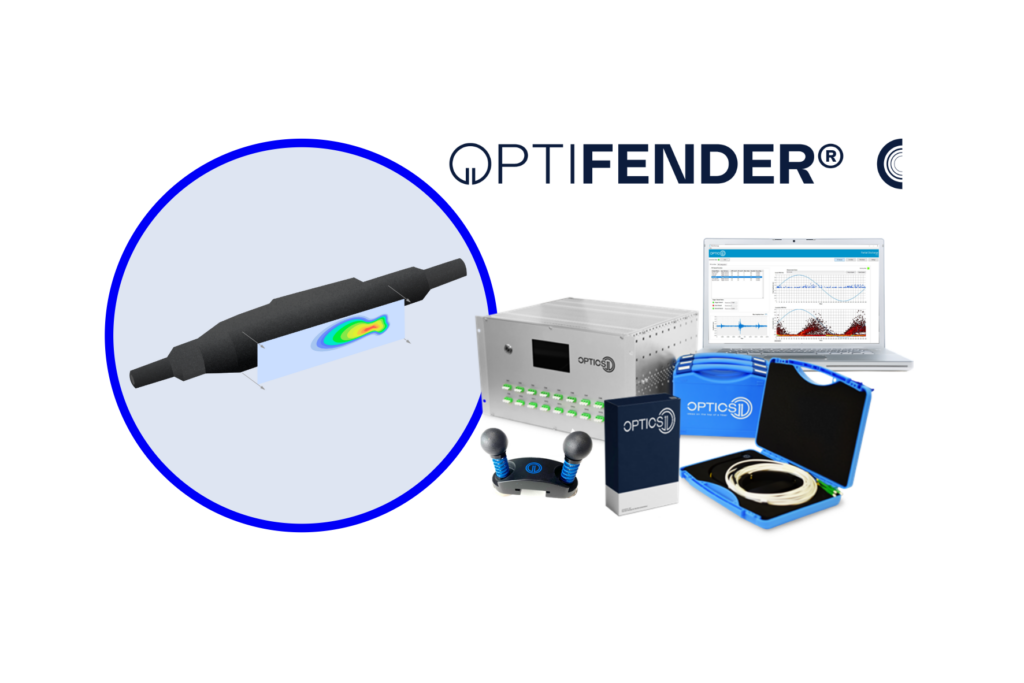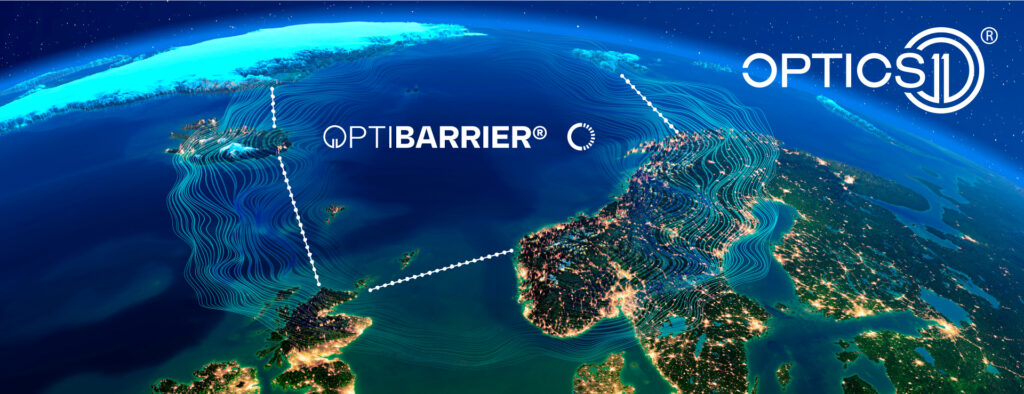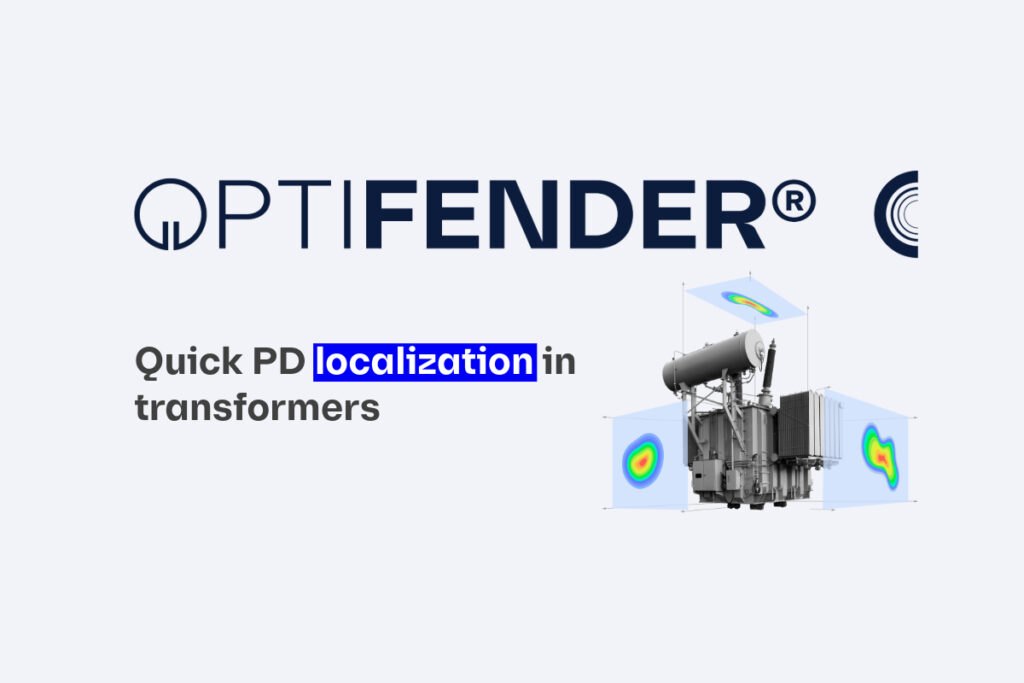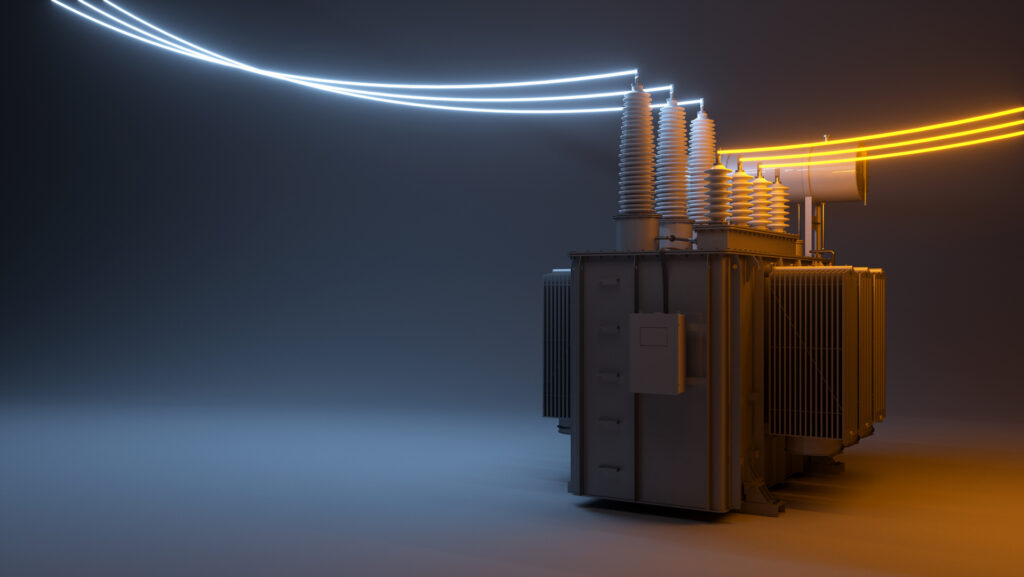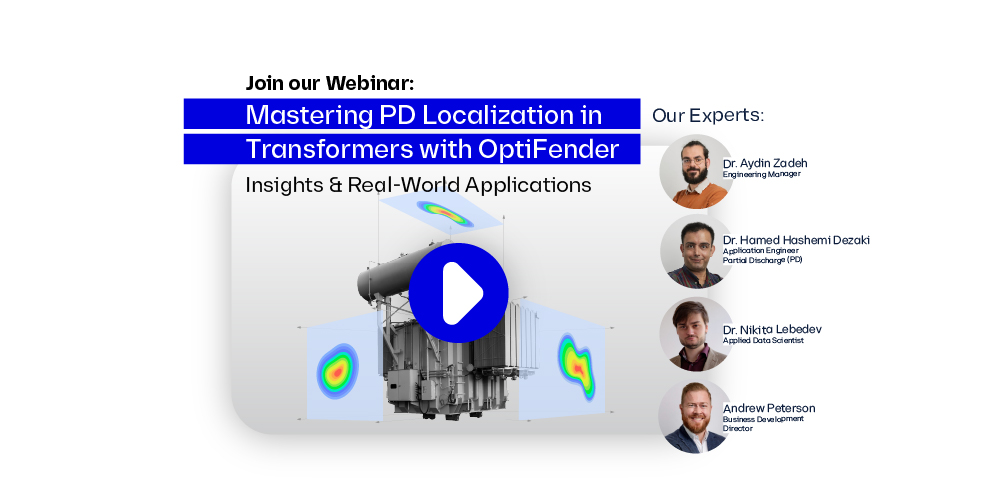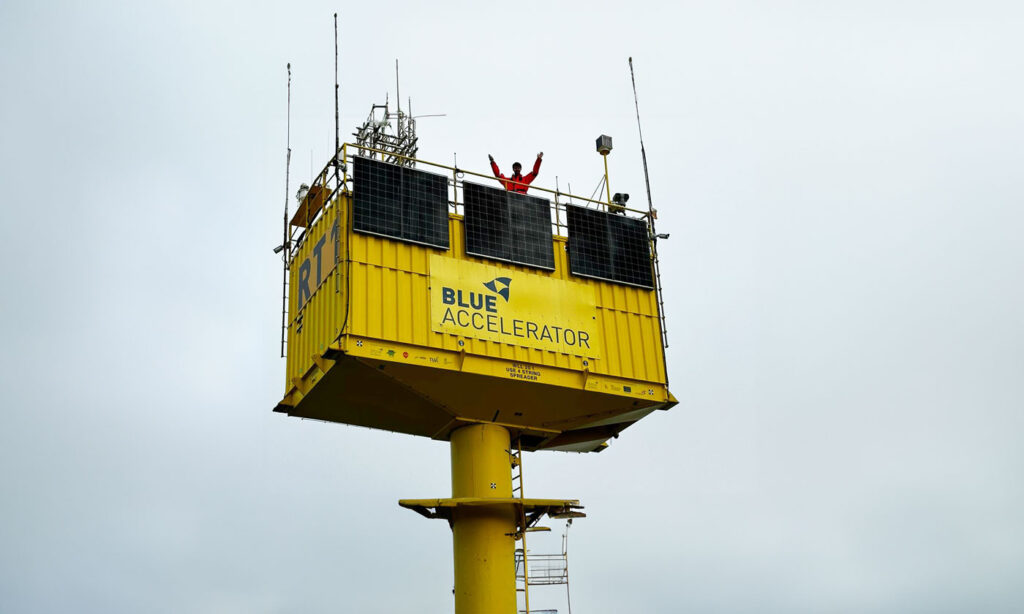New technologies at the forefront of protecting Europe’s seabed and underwater
Navy Tech 2024 that took place in Tallinn, Estonia, through 30th January – 1st February, 2024 brought together experts from different fields. They discussed problems and solutions for the maritime security and what modern solutions can bring to the table.
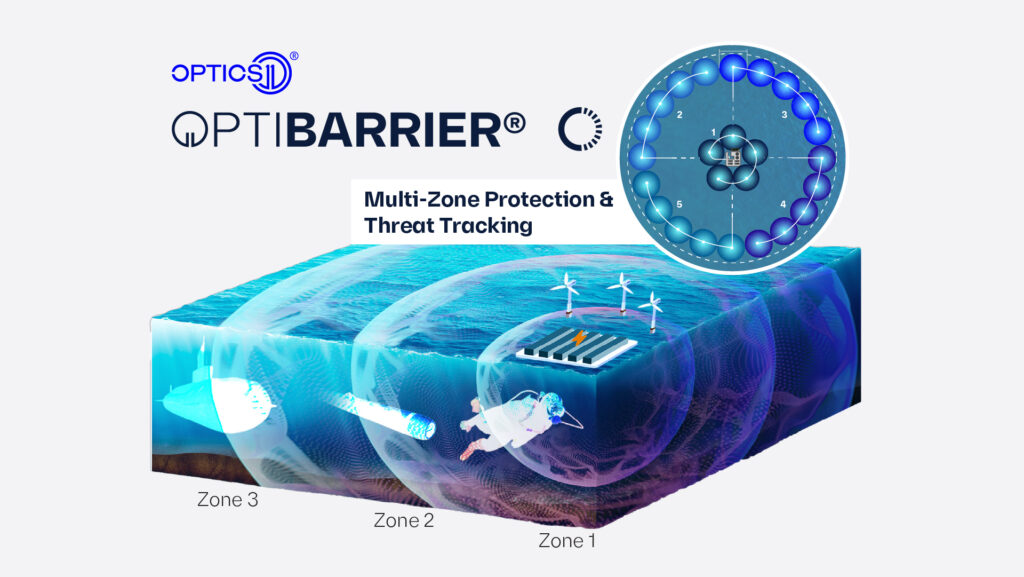
Naval forces around the world are facing tough new threats. Certainly, to stay ahead, naval forces are changing how they work, think, and train in response to new technologies, climate change, and more aggressive rivals.
Therefore, countries need to quickly find and fix gaps in their maritime security to prevent conflicts and win in battles. This means learning from past experiences and using new, smart solutions for modern warfare. Evidently, working closely with allies and partners is key for success in large-scale operations. New naval equipment will be more powerful, mobile, and connected, with a focus on digital tech.
Optics11 presented OptiBarrier – an all-optical stationary system designed to secure maritime assets. This innovative solution offers high sensitivity, minimal weight, compact size, and low power usage, compatible with any surface or underwater platform.
Mark Jacobs in interview at Navy Tech 2024 about maritime security
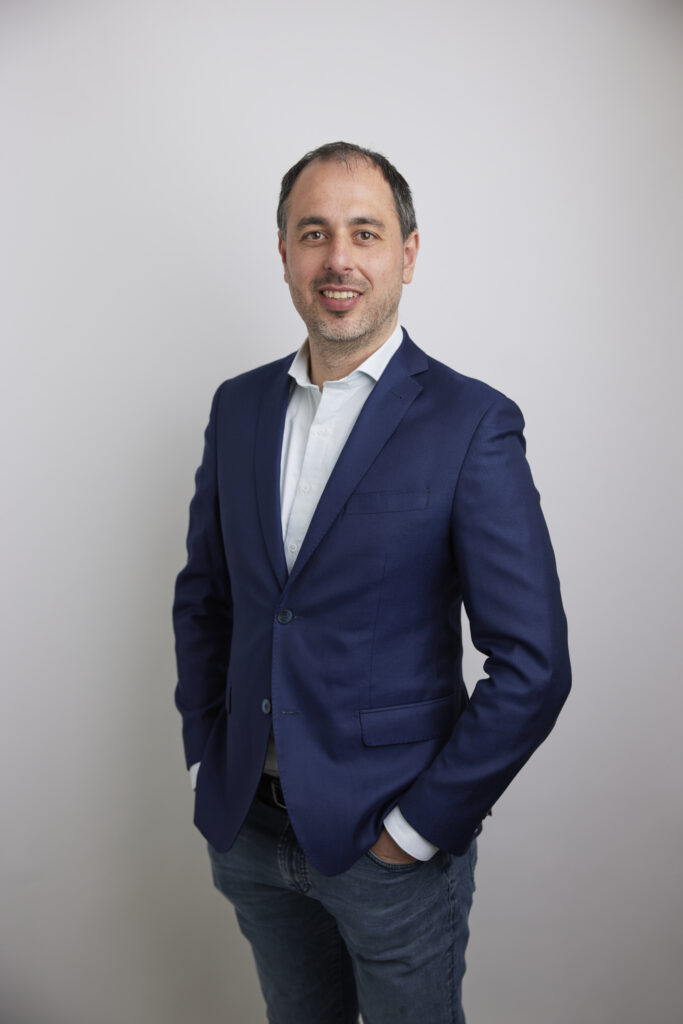
Mark Jacobs: “If you want to protect a harbour, it’s easy because there is one owner, but in international waters it’s more difficult. There needs to be more collaboration in Europe in terms of jurisdiction. There are some levels of protection of undersea cables but there are no laws in place.”
Optics11 developed a seabed monitoring system which creates situational awareness in the water by registering vessels using their acoustic footprint. The system uses light to measure acoustics and overcomes challenges faced by traditional electric arrays. This allows for faster deployment and increased operational efficiency.
“Using our system, it is possible to identify the potential cause of damage to a cable. Using the product, you can investigate after the incident the potential cause of the disruption or damage,” Mr Jacobs said. “We also offer our clients time to respond to incoming threats. The sensitivity of the sensor on our fibre cables is extremely high so it is able to detect whether a diver or an uncrewed vessel is nearby.”
Snippet of the interview from NT Insights Report 2024 by Tamara Rozouvan. Download and read full interview of our CCO Mark Jacobs at Navy Tech 2024 – Insights Report here.
